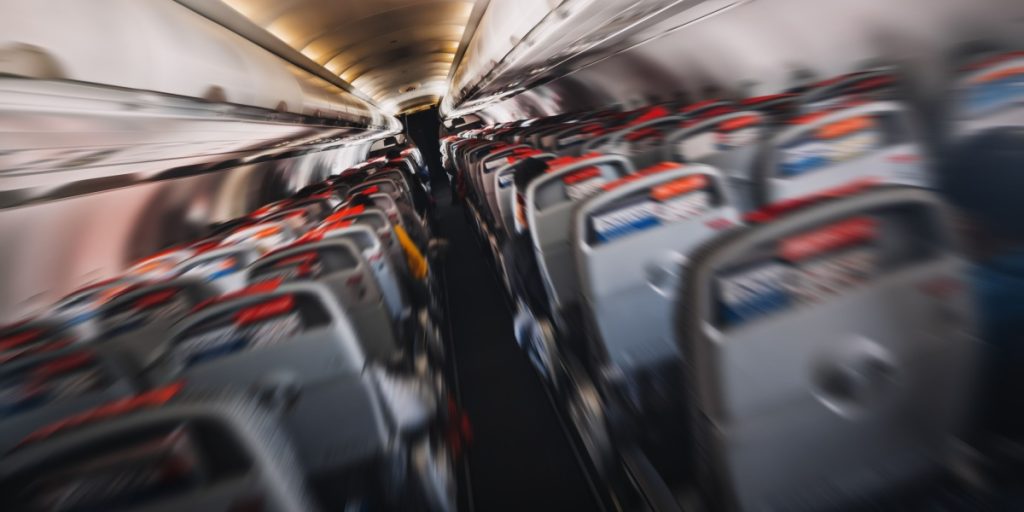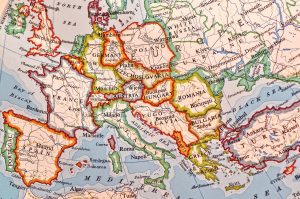Recent research reveals that air travel across the Atlantic has become more turbulent over the past few decades due to global warming.
Others are reading now
Flying across the Atlantic has become more turbulent, with the risk of encountering severe turbulence now 55 percent higher than it was four decades ago.
Researchers link this rise in turbulence to increasing global temperatures, which have created more erratic wind patterns.
Rising Turbulence Levels
A new report by researchers from the University of Reading in England analyzed meteorological data from 1979 to 2020.
Their findings, published in the journal Geophysical Research Letters, show a direct connection between global warming and an increase in clear-air turbulence.
Also read
This type of turbulence, invisible to the naked eye, can cause sudden and severe air disturbances, leading to uncomfortable and sometimes dangerous flying conditions.
Clear-air turbulence occurs in cloudless skies and results from rapid changes in wind speed and direction.
The study shows that the average location over the Atlantic now experiences severe clear-air turbulence for nearly 27.5 hours per year, up from 17.7 hours in 1979.
Impact of Global Warming
Global warming has caused the atmosphere to warm and the stratosphere over the poles to cool, leading to more erratic wind patterns.
These temperature differences between air layers make headwinds more variable, increasing the frequency and intensity of turbulence.
The report highlights that the risk of clear-air turbulence has risen most significantly over the Atlantic and the United States, some of the busiest air routes in the world.
The northern hemisphere has been particularly affected, although the reasons for this regional disparity remain unclear.
The study warns that if global temperatures continue to rise, the incidence of clear-air turbulence is likely to increase further. Researchers from the University of Reading previously estimated in a 2017 study that the risk of severe clear-air turbulence could become two to three times higher if greenhouse gas emissions are not curtailed.
Airlines may need to adjust flight routes and improve turbulence detection and forecasting to ensure passenger safety and comfort.








